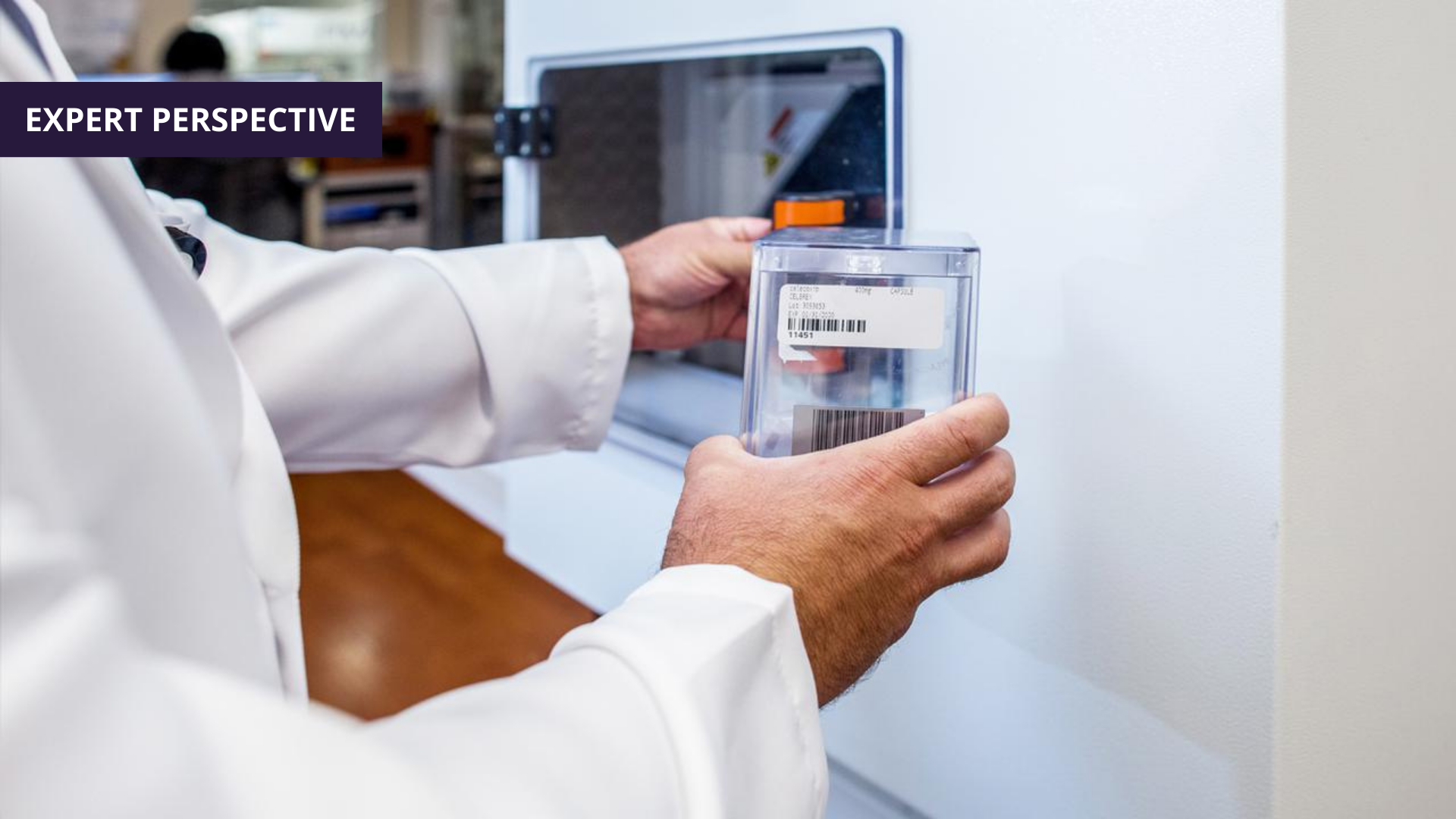Chat GPT or DeepSeek; Which AI Will Power Healthcare Apps?

AI Platforms and Tools Vary
Companies are able to evaluate each with greater granularity to consider the benefits of each application as it applies to their unique business environment.
Generative AI chatbot applications are a good example of this. They are growing in sophistication and are being more widely implemented in organizations for a wide range of uses including customer support, content creation, and research. Using large language models (LLM) and machine learning with natural language capability, these chatbots are pushing the envelope on information processing and communication.
Chatbots in Healthcare Save Valuable Employee Time
Chatbots are increasingly being used in healthcare to provide a higher quality Q&A capability on websites, using machine learning to “train” responses that result in a richer, deepening information set. Healthcare chatbots can interact with patients in ways that mimic having a conversation with a human. You will find chatbots in hospitals used to automate tasks including appointment setting and medication refills. These chatbots help hospitals fill staffing gaps, freeing up staff spend more time with patients.
Techradar Continues to Rank ChatGPT
While there are several chatbots on the market, Techradar continues to rank ChatGPT, developed by Open AI, as the most popular tool. This general-purpose language model, released in 2022, is used all over the world for content generation, customer support, and coding assistance. It is known for its flexibility and ability to adapt to a wide range of conversational styles.
Another Chatbot Has Emerged to Rock the AI Market
Developed by a Chinese startup, DeepSeek AI made waves when it hit the market in 2023 as an open-source competitor to ChatGPT and other popular AI tools. The latest release, R1, is proving to be a strong competitor to ChatGPT and other chatbots by using deeper logical reasoning with a tight focus on processing data more objectively. As an open-source application, DeepSeek AI provides a high level of transparency and a strong real-time performance to support more technical uses such as coding projects as well as general use.
As with other generative AI applications, ChatGPT and DeepSeek AI rely upon a “training” process that gathers data from a multitude of sources and data sets and formats it much in a similar way that the brain processes data, “learning” and becoming more nuanced with every interaction. They utilize large language models (LLM) to enable them to provide outputs in formats that emulate natural human language and conversational flow.
What is the Difference Between ChatGPT and DeepSeek AI?
The many evolving features of these chatbots have fueled a flurry of threads, blogs, and articles from various sources posting their insights and comparisons between the apps. You can access these posts on Quora, Substack and other knowledge-sharing platforms, as well as articles in publications such as Mashable, Infoworld, and Forbes. A technologist writing for Forbes even conducted tests using both chatbots to compare and contrast features.
We’ve read through these and other posts and have condensed and summarized the insights into three main areas to compare the capabilities of ChatGPT with those of DeepSeek AI:
Accessibility/Usability:
ChatGPT: Provides free and paid versions. Very accessible to the public and can be found integrated in a variety of platforms. It is extremely easy to use, which has helped fuel its popularity, and you will find an abundance of online tutorials available. A user can download the app and ask it to perform a variety of tasks, from writing a blog to finding answers to complex issues.
DeepSeek AI: Also provides free and paid versions. While available to all, it has been more targeted towards usage for technical purposes, such as coding documentation, providing scientific explanations and data-driven reports. Its enterprise version has been useful to experienced users. Some feel that it has a steeper learning curve than ChatGPT.
Research Capability:
ChatGPT: Open AI trains ChatGPT using human feedback to fill the ChatGPT knowledge base. Many believe this is what gives it an edge in terms of its ability to interpret language nuances and vernacular and recognize more subtle differences in language. It uses the large language model (LLM) to identify and synthesize information which generally results in a more interpretive output.
DeepSeek AI: Relies almost exclusively on computer-driven reinforcement input, which gives it a greater ability to disseminate technical inputs and recognize technical terminology. It also uses LLM to synthesize information but is more structured in the way it interprets and communicates information. Many believe this results in more precise outputs.
Style:
ChatGPT: Because Open AI trains ChatGPT using human feedback, the output style is conversational in tone, providing a more sophisticated style of communication. Users can input excerpts of their writing style which ChatGPT will use to recreate the individual’s unique voice. That is why ChatGPT is used increasingly for marketing, blogging, customer service and training applications.
DeepSeek AI: The computer driven data inputs give DeepSeek AI an edge when it comes to technical writing and coding documentation. It puts a focus on facts and logical reasoning. While it may lack the nuanced conversational tone of a ChatGPT dialog, it provides in a deeper, more technically advanced information set.
Efficiency:
ChatGPT: While it is highly efficient in its ability to generate outputs that effectively emulate human speech, some feel that lack of real-time access training data can occasionally produce information that is outdated and may be less inaccurate as a result. For example, in one 2025 test, ChatGPT used 2024 in a generated headline.
DeepSeek AI: When used to collect and analyze real-time data, DeepSeek AI has the edge in its efficiency to process and create outputs that are highly detailed and technically accurate. Many feel that the data collected and used is more timely than that of ChatGPT.
Bottom Line Decision: Which LLM is Right for You?
The consensus based on input from a wide range of thought leaders is that selecting between ChatGPT and DeepSeek AI really depends on your needs and goals.
ChatGPT’s strong natural language capability and ability to adapt to different conversational styles makes it a powerful tool for creative content generation, customer support and training environments.
DeepSeek AI’s ability to manage a more technical data set and output clear, concise responses and insights makes it a strong asset for developers, coders, technical writers and researchers seeking a deeper, more structured information set.
Potential users should also consider the level of risk they are prepared to take. At Swisslog-Healthcare, we use ChatGPT, in part for security purposes. While ChatGPT was built on a limited access model, DeepSeek AI’s open-source interface enables anyone, anywhere to have access. This can expose usage to a variety of potential hazards, as chatbots can collect and store an abundance of personal information. DeepSeek is a Chinese company, which puts more user focus on data security risks. Many continue to express concerns about the security of the information and potential ramifications, given the more hostile political relationship between China and the U.S.
The ChatGPT Versus DeepSeek AI Debate is Just the Beginning
As Forbes points out, while ChatGPT and DeepSeek AI will continue to evolve and become more sophisticated, there are also new players emerging, including Alibaba Cloud, Zhipu, Moonshot AI, and ByteDance. This is a dynamic and fluid information environment and it’s a lot to digest for most AI users. But the upside is compelling, and the growing numbers of strong competitors should fuel even better, more easily accessible applications in the future. Stay tuned.







